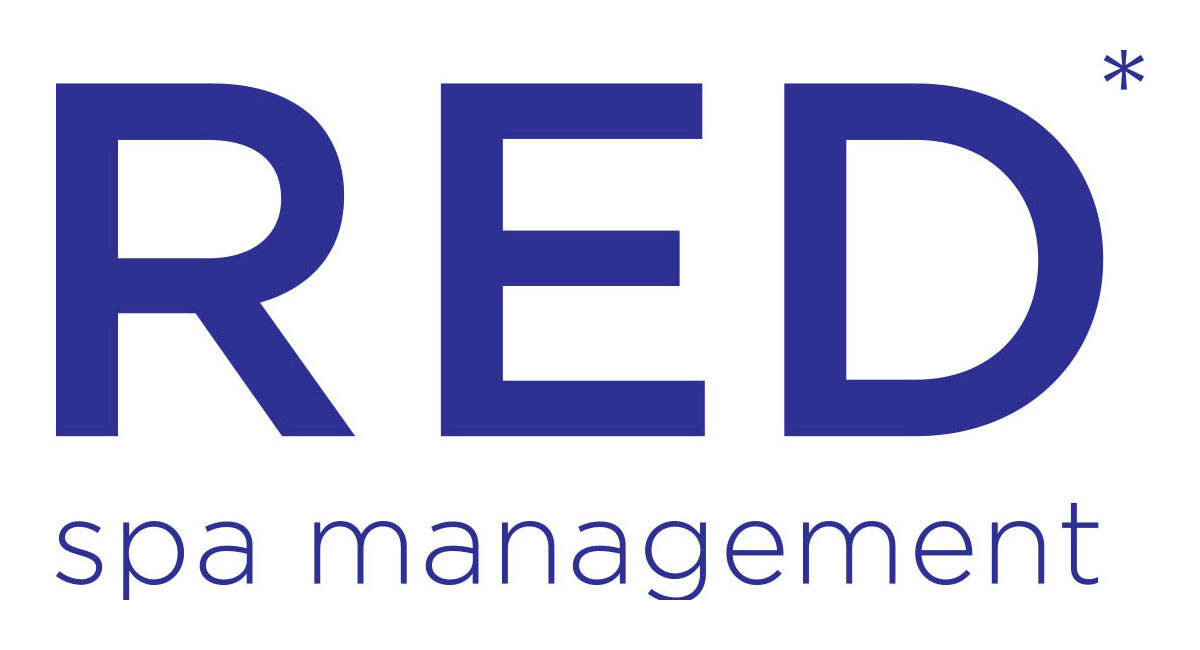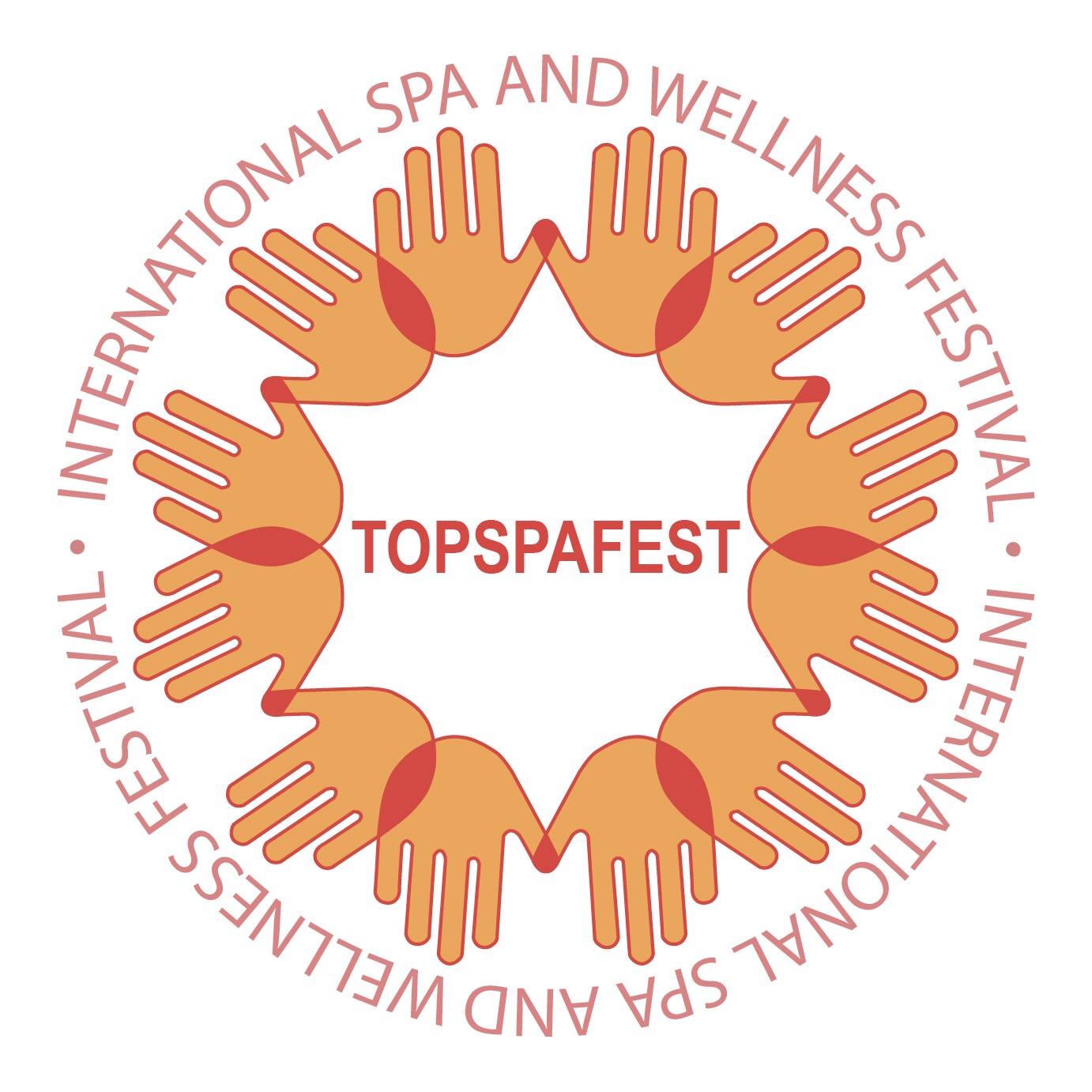
Skeletal muscle (Voluntary) - It is the most common type of muscle found in the body. its cells are striated, or long and narrowed and staggered in rows next to each other. This striation allows for better movement. This type of muscle is attached to the bones by tendons.
Since the person has conscious control over the movement – or lack of movement – of a joint, this type of muscular action is called voluntary. This is because the person “voluntarily” moves the area of the body involved. Skeletal muscles have two definite ends. The first one is called the point of origin. The origin of a muscle is the end that attaches to the end of a bone that does not move when a muscle contracts. This is usually the end of the muscle toward the trunk of the body. The other end is the point of insertion. This is where the muscle attaches to the bone that does move during a contraction. It is usually found farther away from the trunk of the body.
Smooth muscle (Involuntary) - These muscles assist with various organ functions throughout the body. They can be found in the walls of the intestinal tract and along blood vessel walls, particularly arteries. In the intestinal walls, the muscles work together in wave-like motions called peristalsis. Peristalsis propels food along the intestinal tract and, ultimately, outside of the body. The smooth muscle within the arterial walls assist with blood flow throughout the body. Since a person does not have conscious control over the propulsion of food along the intestinal tract or the flow of blood through his/her arteries, the action of these muscles is called involuntary.
Cardiac muscle - Cardiac muscle can only be found in the heart. It is responsible for the contractions of the heart which propel blood through the heart and out to the rest of the body.
MORE TYPES OF MUSCLES
Abductor muscle- A muscle that draws away from the midline
Adductor muscle- A muscle that draws toward the midline.
Agonist muscle- A muscle that is the prime mover.
Antagonist(ic) muscle - A muscle that counteracts the action of another muscle.
Antigravity muscles- Muscles that pull against the constant force of gravity to maintain posture.
Appendicular muscle - One of the skeletal muscles of the limbs.
Arrector pili muscle - Arrector pili.
Articular muscle - A muscle attached to the capsule of a joint.
Axial muscle - A skeletal muscle of the head or trunk.
Bipennate muscle - A muscle in which the fibers converge toward a central tendon on both sides.
Constrictor muscle of pharynx - A muscle that constricts the pharynx.
Digastric muscle - A muscle that lowers the jaw.
Extensor muscle - A muscle that extends a part.
External intercostal muscles - The outer layer of muscles between the ribs, originating on the lower margin of each rib and inserted on the upper margin of the next rib. During inspiration, they draw adjacent ribs together, pulling them upward and outward, and increasing the volume of the chest cavity.
Extraocular eye muscles- SEE: extraocular eye muscles.
Extrinsic muscle - ABBR: e.m.. The muscles outside an organ that control its position, such as the e.m. of the eye or tongue.
Fixation muscle - A muscle that steadies a part so that more precise movements in a related structure may be accomplished.
Flexor muscle - A muscle that bends a part.
Fusiform muscle- A muscle resembling a spindle.
Internal intercostal muscles- The muscles between the ribs, lying beneath the external intercostals. During expiration, they pull the ribs downward and inward, decreasing the volume of the chest cavity and contributing to a forced exhalation.
Intrinsic muscle - A muscle that has both its origin and insertion within a structure, as intrinsic muscles of the tongue, eye, hand, or foot.
Involuntary muscle - A muscle not under conscious control; mainly smooth muscle.
Mastication muscles- The four pairs of muscles that move the mandible and provide the primary forces of mastication; the masseter, temporalis, medial pterygoid, and lateral pterygoid muscles.
Mimetic muscles- Superficial muscles of the facial region controlling skin movement that produce the facial expressions. Also called muscles of facial expression.
Multipennate muscle - A muscle with several tendons of origin and several tendons of insertion, in which fibers pass obliquely from a tendon of origin to a tendon of insertion on each side.
Nonstriated muscle- Smooth muscle.
Obturator muscle - Either of the two muscles on each side of the pelvic region that rotate the thighs outward.
Papillary muscle- A cylindrical muscle of the interior of the heart that arises from the floor of each ventricle. It is attached to the chordae tendinae, which anchor the flaps of the atrioventricular valves during ventricular systole.
Pectinate muscle - A muscle on the inner surface of the right atrium of the heart, giving it a ridged appearance.
Postaxial muscle - A muscle on the posterior or dorsal aspect of a limb.
Preaxial muscle - A muscle on the anterior or ventral aspect of a limb.
Skeletal muscle - Striated muscle that is connected to bone.
Smooth muscle - Muscle tissue that lacks cross striations on its fibers. Its action is involuntary and it is found principally in visceral organs. SYN: nonstriated muscle.
Somatic muscle - Muscle derived from mesodermal somites, including most skeletal muscle.
Sphincter muscle - A muscle that encircles a duct, tube, or orifice, thus controlling its opening.
Sphincter muscle - of urinary bladder The smooth muscle fibers around the origin of the urethra. Contraction of this muscle prevents urination; relaxation permits it.
Stabilizer muscle - A muscle that supports a body segment so muscles attached to it can function.
Striated muscle - Muscle fibers that possess alternate light and dark bands or striations. Striated muscles are skeletal muscles.
Synergistic muscles - Muscles aiding one another in function.
Triangular muscle - A flat muscle with a broad origin and narrow insertion.
Tricipital muscle - A muscle with three tendons of origin and a single, common insertion.
Unipennate muscle - A muscle whose fibers converge on only one side of a tendon.
Unstriated muscle - Smooth muscle.
Voluntary muscle - A muscle whose action is controlled by will. Skeletal muscles are voluntary.









